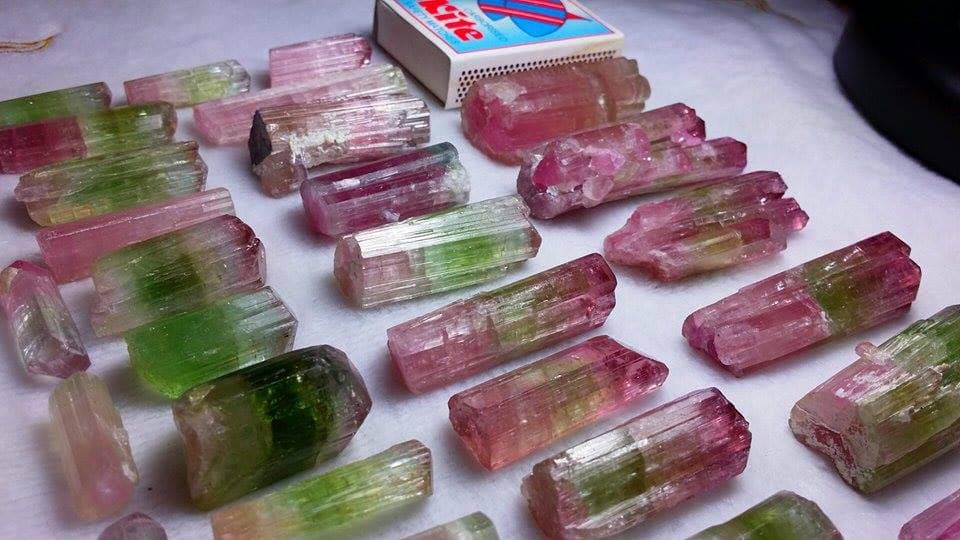Disclosing Enhancements: A Gemologist’s Guide
Disclosing enhancements to gems is a key duty for gemologists. Learn what are the hardest treatments to detect and how to report your findings clearly.
3 Minute Read
Minimizing the Sales Impact Of Disclosing Enhancements
Gemologists in the business of selling gems need ways to declare gemstone enhancements without hurting sales. Try presenting the information as educational. (“Show off” your expertise). Or, you could make the disclosure after consummating the sale. (Weaker, but still satisfactory). For example, if you sold an emerald ring, tell your customer that the stone was oiled while explaining how to care for the ring.
In a sales situation, always present things in a positive light. You can say things like, “the oil is invisible and simply helps you see the emerald” or “I can’t tell if this aquamarine has been heat treated because the process is identical to what happens in nature.”
Disclosing Enhancements in Gem Appraisals and Other Written Forms
Of course, how you report gemstone treatments varies from situation to situation. We can’t cover all the varieties of written appraisals, certifications, grading forms, etc. However, the most important thing is to make the disclosure obvious and clear, not hidden in fine print or obscured by vague or misleading terminology. For example, stating that a glass-filled ruby is simply a…
Donald Clark, CSM IMG
Related Articles
Quartz Color Treatments
Corundum Treatments
Emerald Enhancements: A Consumer and Trade Guide
Ouro Verde Quartz: History and Treatment
Never Stop Learning
When you join the IGS community, you get trusted diamond & gemstone information when you need it.
Get Gemology Insights
Get started with the International Gem Society’s free guide to gemstone identification. Join our weekly newsletter & get a free copy of the Gem ID Checklist!
